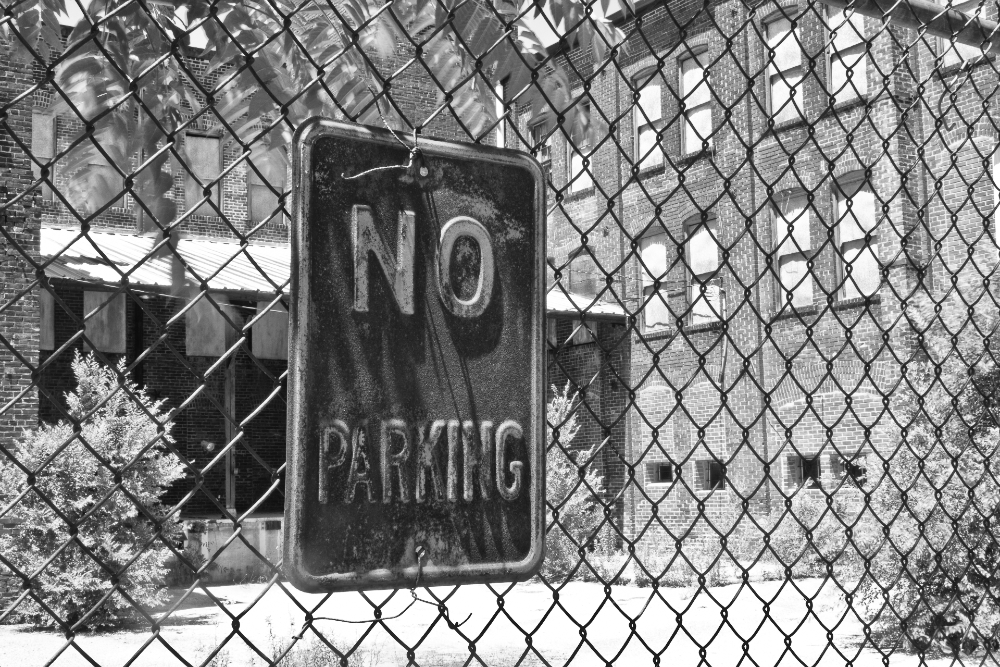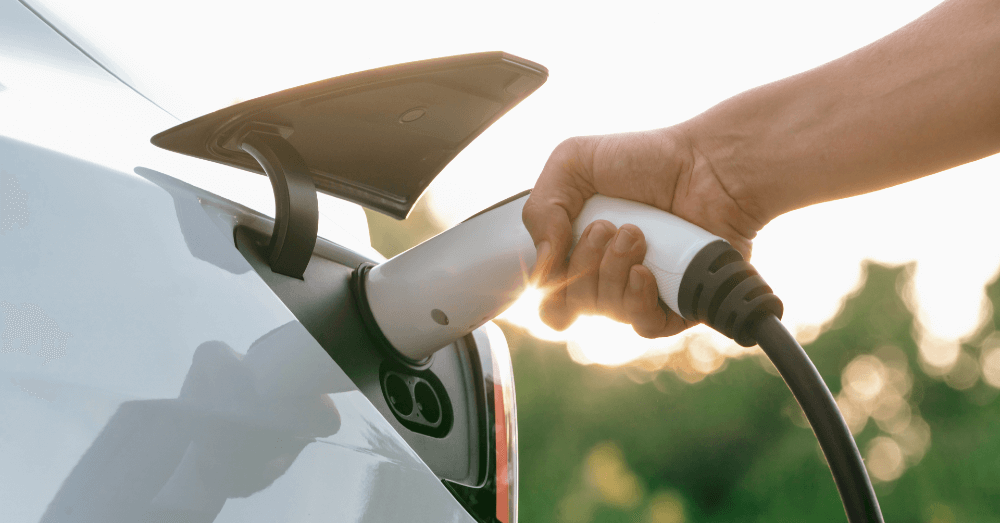
U.S. to Waive Fuel-Economy Penalties Back to 2022
The United States is rolling back many of the rules and regulations surrounding fuel economy rules in the country. This should appease some automakers.
Fuel economy regulations have been in place since 1975 and are often referred to with the acronym CAFÉ, which stands for Corporate Average Fuel Economy. These rules, along with oil embargos, caused shortages of gasoline in the 1970s, and many automakers sold underpowered big cars until American brands figured out how to build smaller and more efficient vehicles. Since that time, fuel economy regulations have gotten stricter each year.
Have automakers paid fines for these regulations?
Yes, over the years, many automakers have paid stiff penalties and fines for not meeting the CAFÉ standards. Last year, Stellantis, parent of Chrysler, paid $190.7 million in penalties, and paid nearly $400 million for failing to meet requirements from 2016 to 2019. GM paid $128,2 million in penalties for the same issue during 2016 and 2017. Many automakers have lobbied for these regulations to be lifted, which makes sense for them, but they haven’t had much relief until now.
What is changing?
The previous administration embraced the movement toward more efficient vehicles and electric cars, but that all changed as soon as the current administration took office in the White House and Oval Office. Under the direction of the Executive branch, the NHTSA has drafted a letter to automakers to inform them they won’t pay any penalties for missing the CAFÉ requirement dating back to 2022 and going forward. This should satisfy what automakers have lobbied for and will make it much easier for automakers to build gasoline-powered vehicles while making electric vehicle sales more costly.
This change shouldn’t come as any surprise, the current administration has loudly voiced opposition to environmental concerns including global warming, emissions regulations, electric vehicles, and California.
What does California have to do with it?
California has long been respected as a leader in the march toward zero-emissions vehicles. The state currently has a plan to end the sale of gas-only vehicles by 2035, which would mean all vehicles sold in the state would need to be powered by electricity or be a plug-in hybrid model which uses both electricity and gasoline. The current White House administration has ushered in a resolution of disapproval under the Congressional Review Act to bar the state’s plan to end these sales.
Considering many states often follow California’s lead, this could bring widespread changes in the automotive industry.
What does this mean for electric vehicles?
The march toward electrification was going strong, but rolling back fuel-economy penalties means automakers won’t need to worry about how efficient or inefficient their vehicles are. This could be a serious blow to the EV world, which might cause companies like Tesla and Rivian to lose massive amounts of revenue going forward. Rivian has had serious financial troubles already, which means this change won’t make things any easier for them.
Last year, Tesla received $2.8 billion in global revenue from regulatory credits for selling zero-emissions EVs, but that has come to an end. The current administration is doing everything it can to avoid offering benefits to companies and consumers who want to buy electric vehicles. They aren’t stopping consumers from buying them, but are not rewarding them for doing so.
How will these changes impact the American landscape?
Why has the government been concerned with pushing lower-emission vehicles and delivering fuel-economy penalties to automakers who are not in compliance? With more drivers on the road than ever before, air pollution from the harmful emissions put off by gas and diesel-powered vehicles is a serious problem. In many large cities, especially Los Angeles, smog became a serious problem. Smog and air pollution lead to more respiratory issues for Americans, which means turning back the clocks on these regulations will cause more Americans to suffer from breathing issues.
Did the regulations need to slow down?
It’s possible that automakers were having serious problems meeting the regulations. As fuel economy requirements continue to become stricter, the push for EVs should have grown, which was the case, but there are a few problems. EV development might have grown, but demand did not. Automakers have recently experienced slowing sales of EVs, dating back to last year, because PHEVs were growing in popularity, and EVs weren’t improving nearly fast enough to keep up with demand.
If the regulations were too strict for automakers, it’s possible a slowing of these requirements was due, but that shouldn’t absolve automakers from becoming eco-friendly going forward. Many automakers dove headfirst into the EV pool, without considering the positive benefits of hybrids and PHEVs.
Despite how this looks, the previous administration had eased requirements that could have cost automakers nearly $14 billion from now until 2032. The most the auto industry would have faced during that time would be $1.83 billion, but that is now gone.
What should we expect going forward?
Over the next few years, automakers will turn back to gas-only models, especially domestic automakers. There are still fuel-economy penalties to consider, but you should expect the current administration to continue to forgive these penalties and make it easier for automakers to build more traditional vehicles instead of EVs and PHEVs. This could turn back the clock of progress significantly.
This post may contain affiliate links. Meaning a commission is given should you decide to make a purchase through these links, at no cost to you. All products shown are researched and tested to give an accurate review for you.



